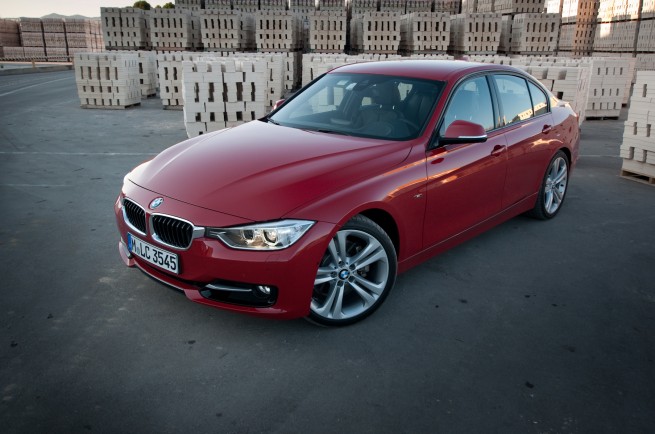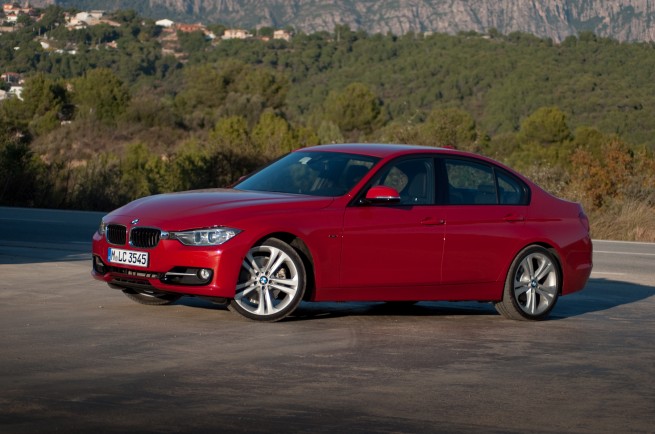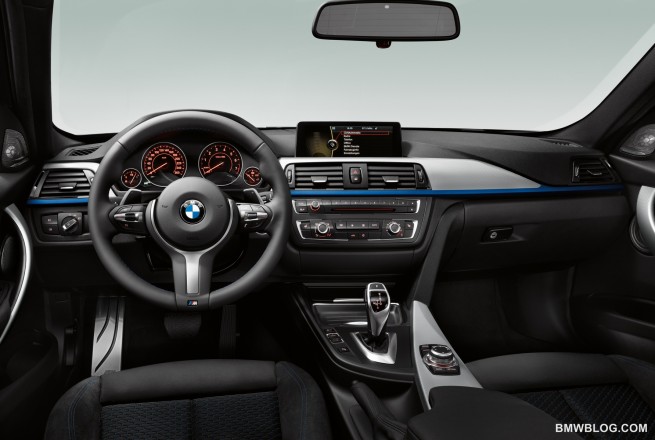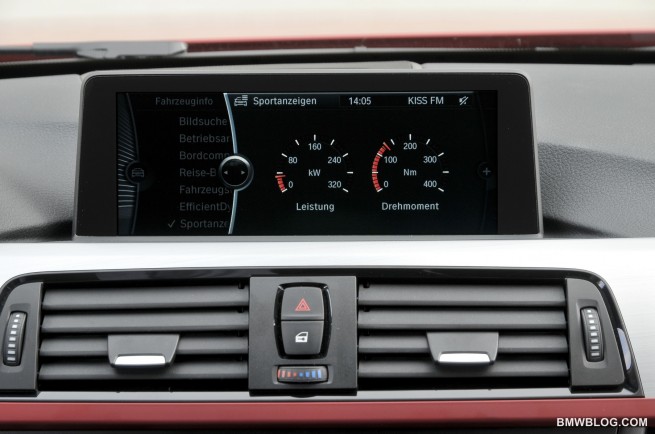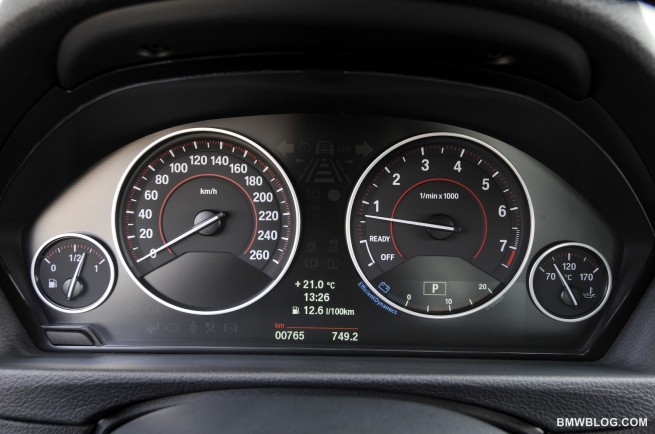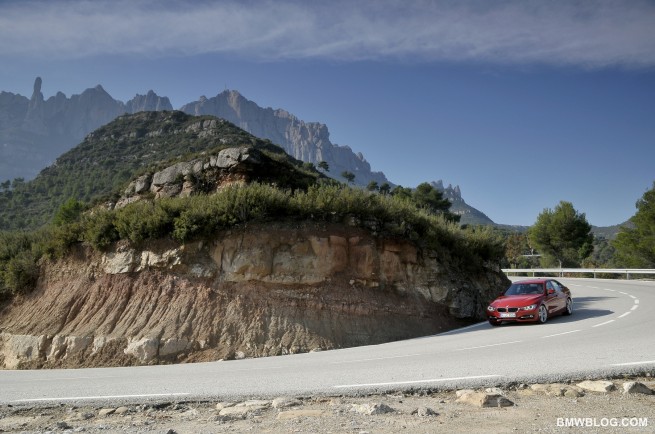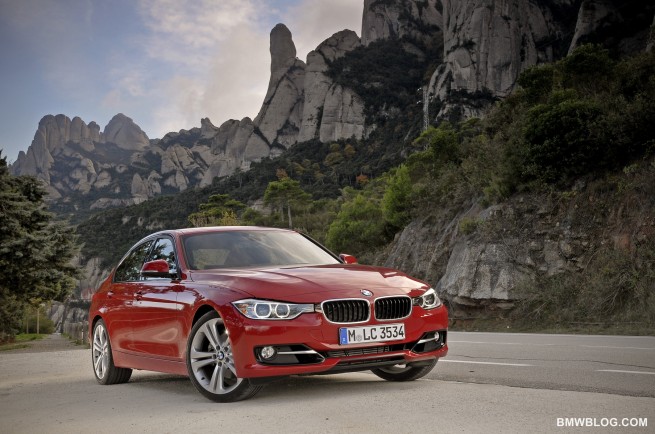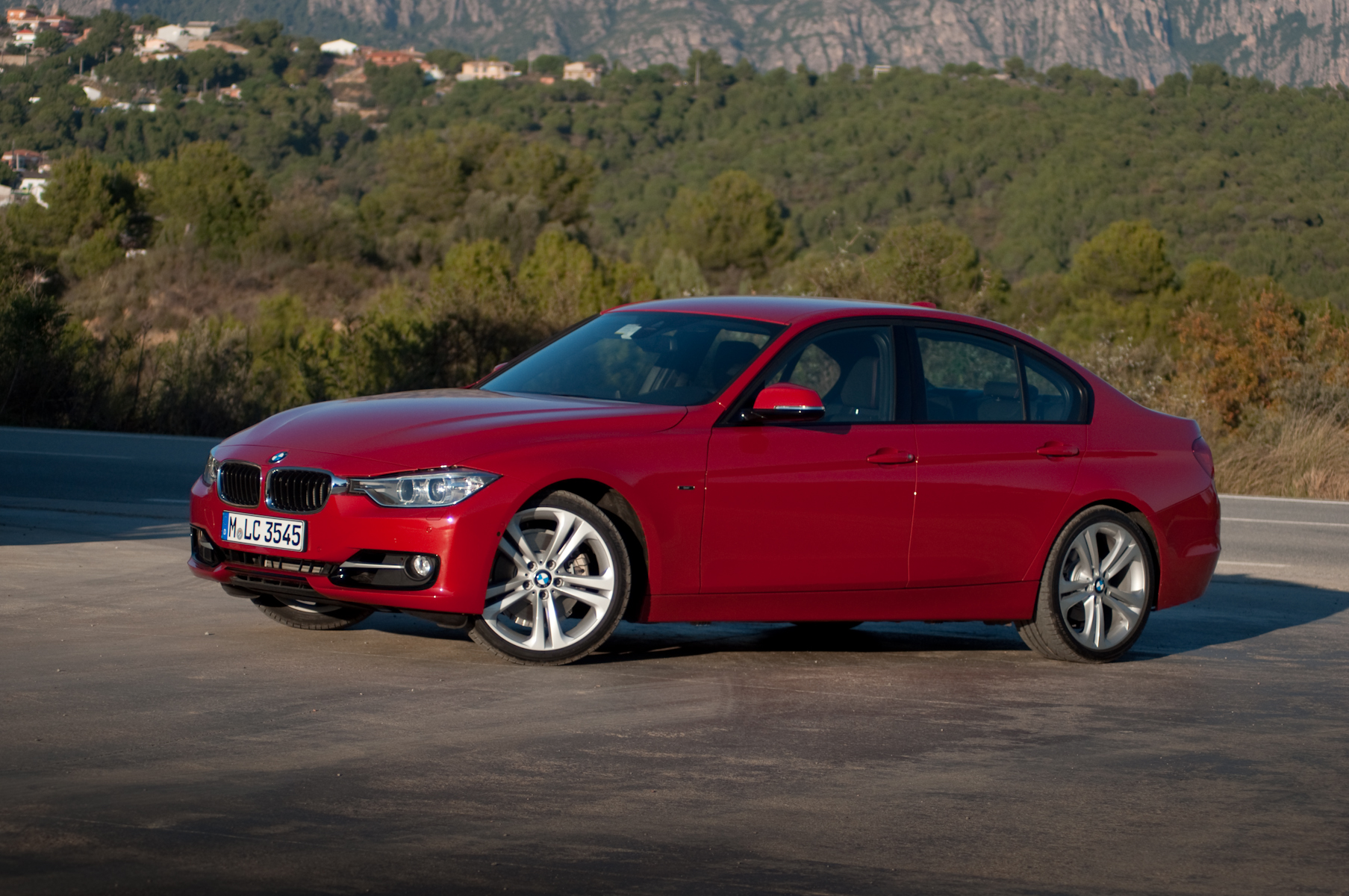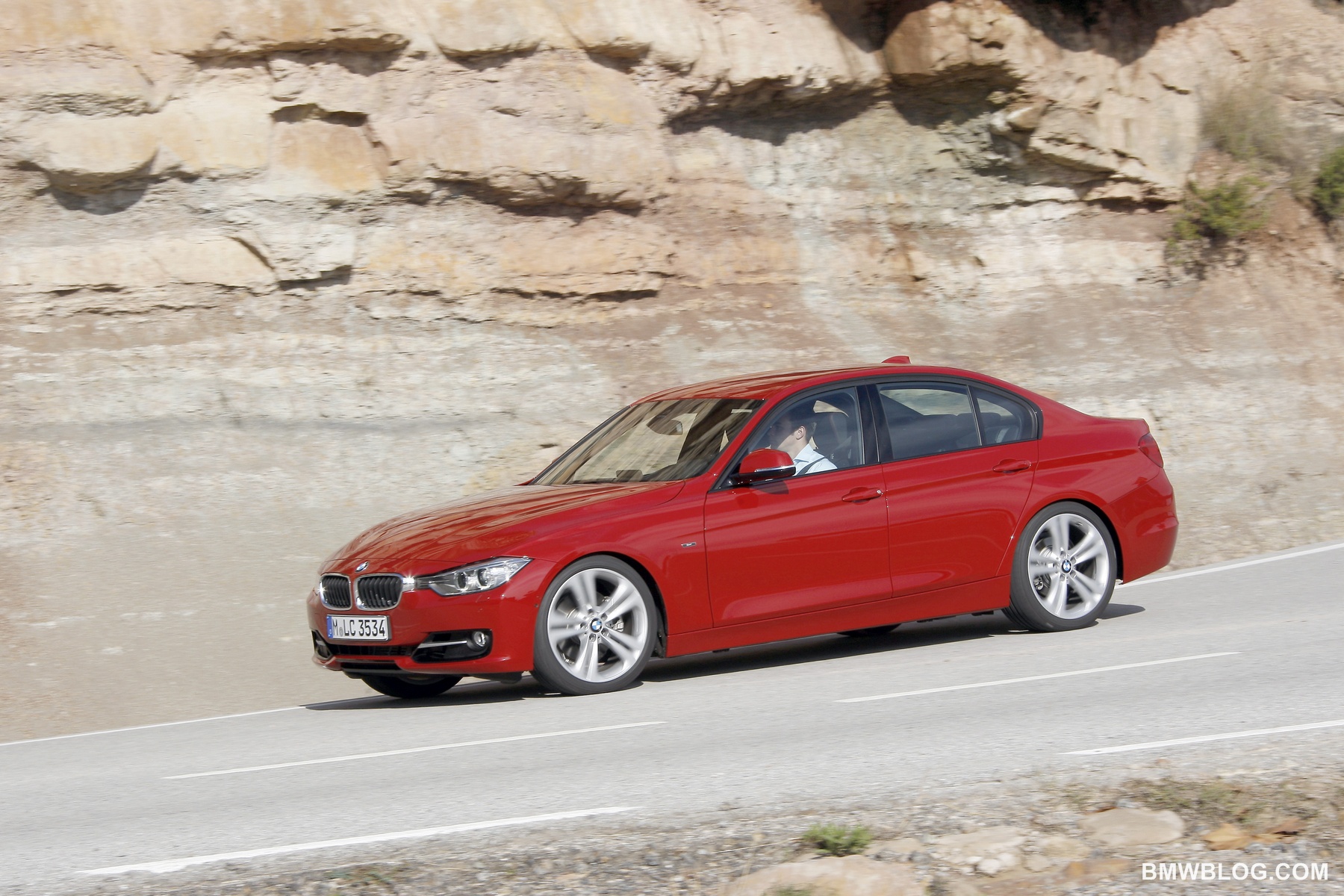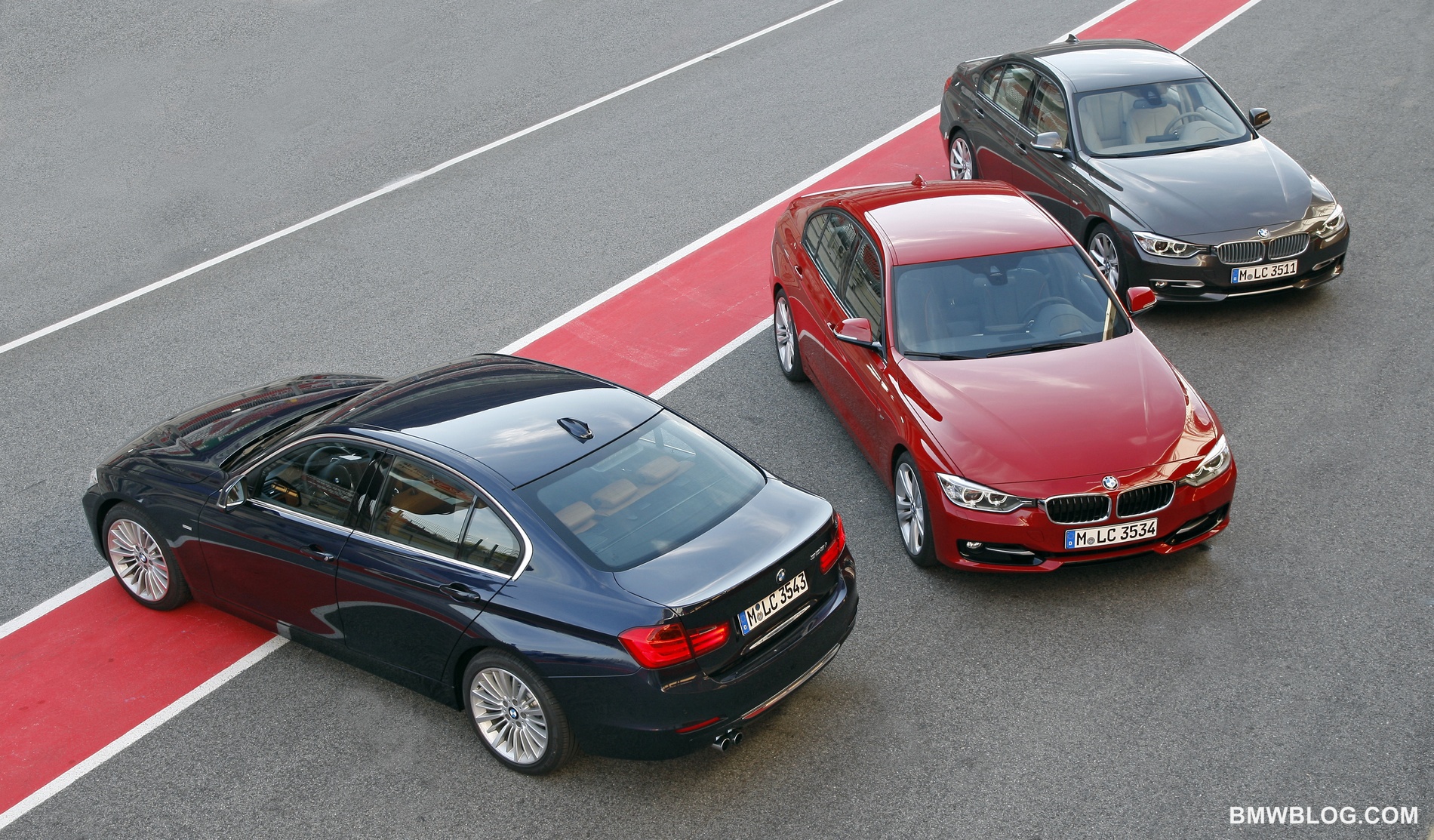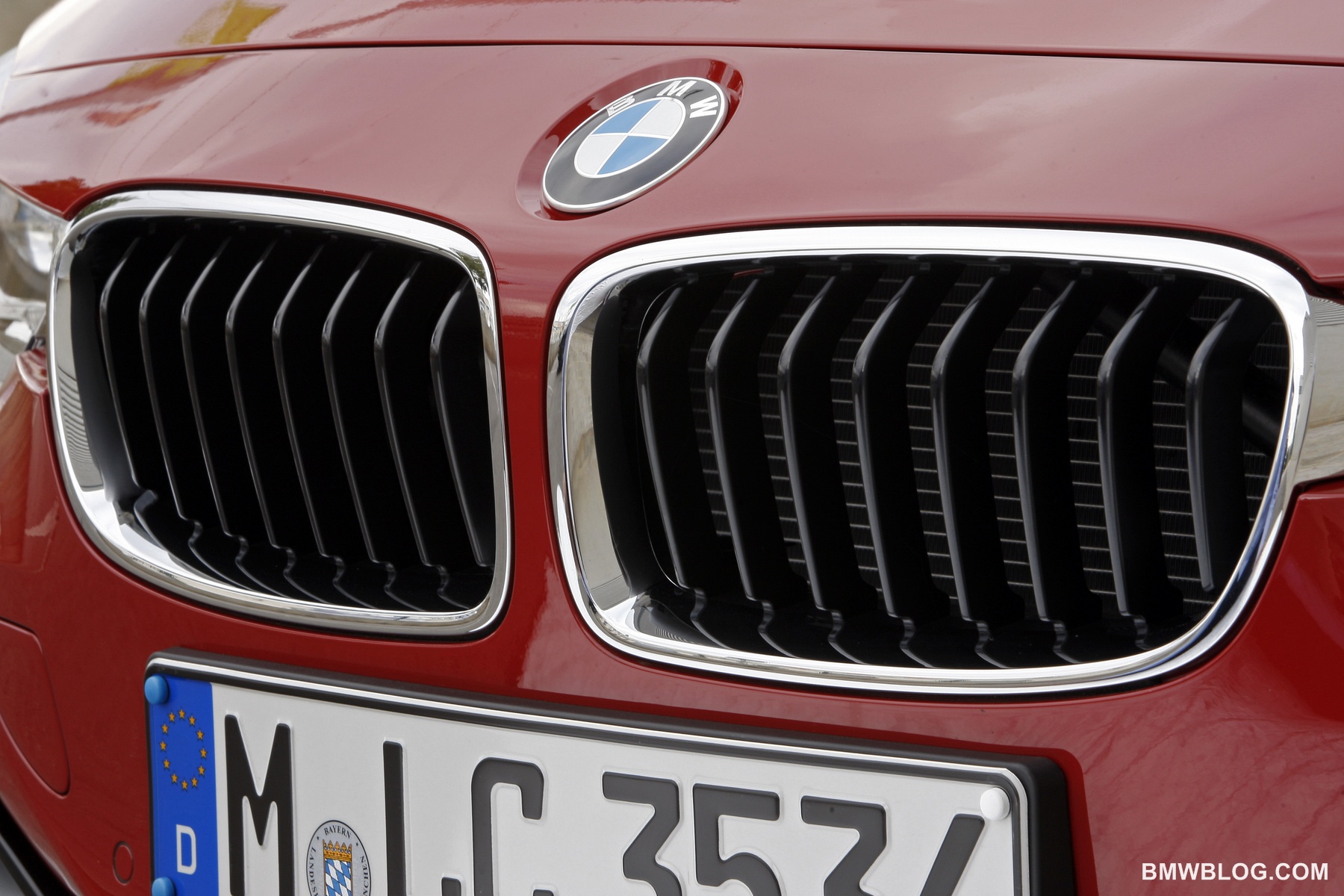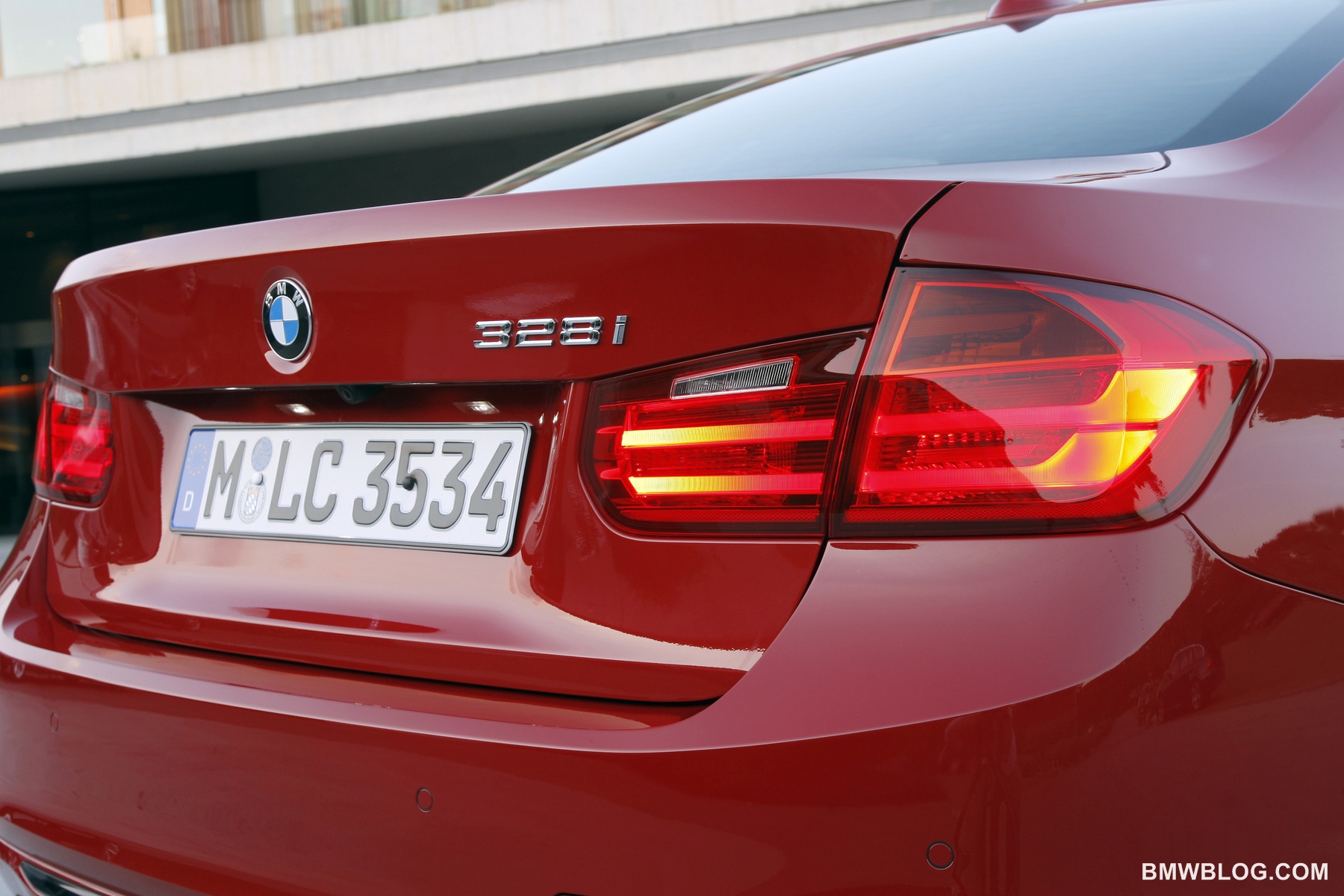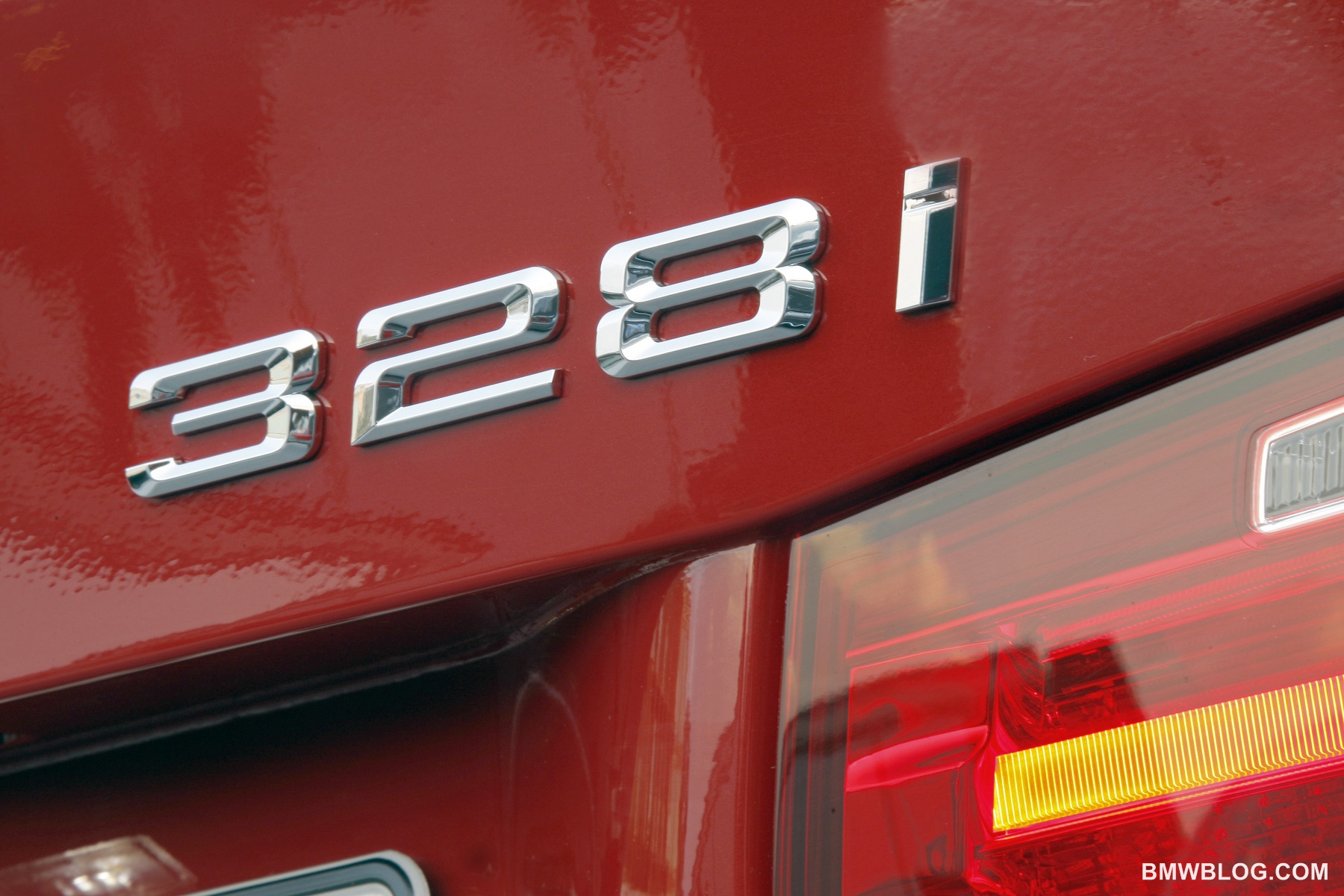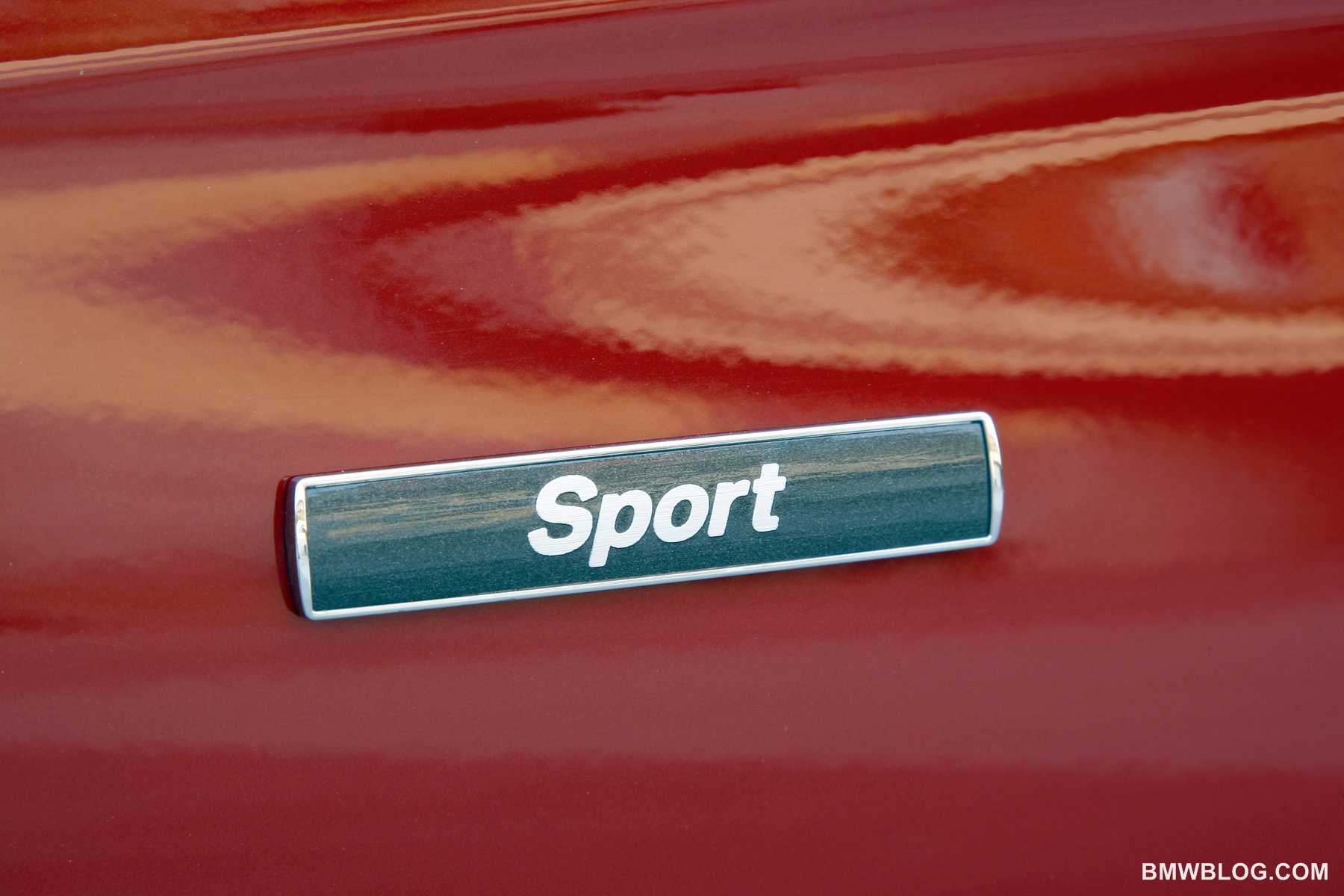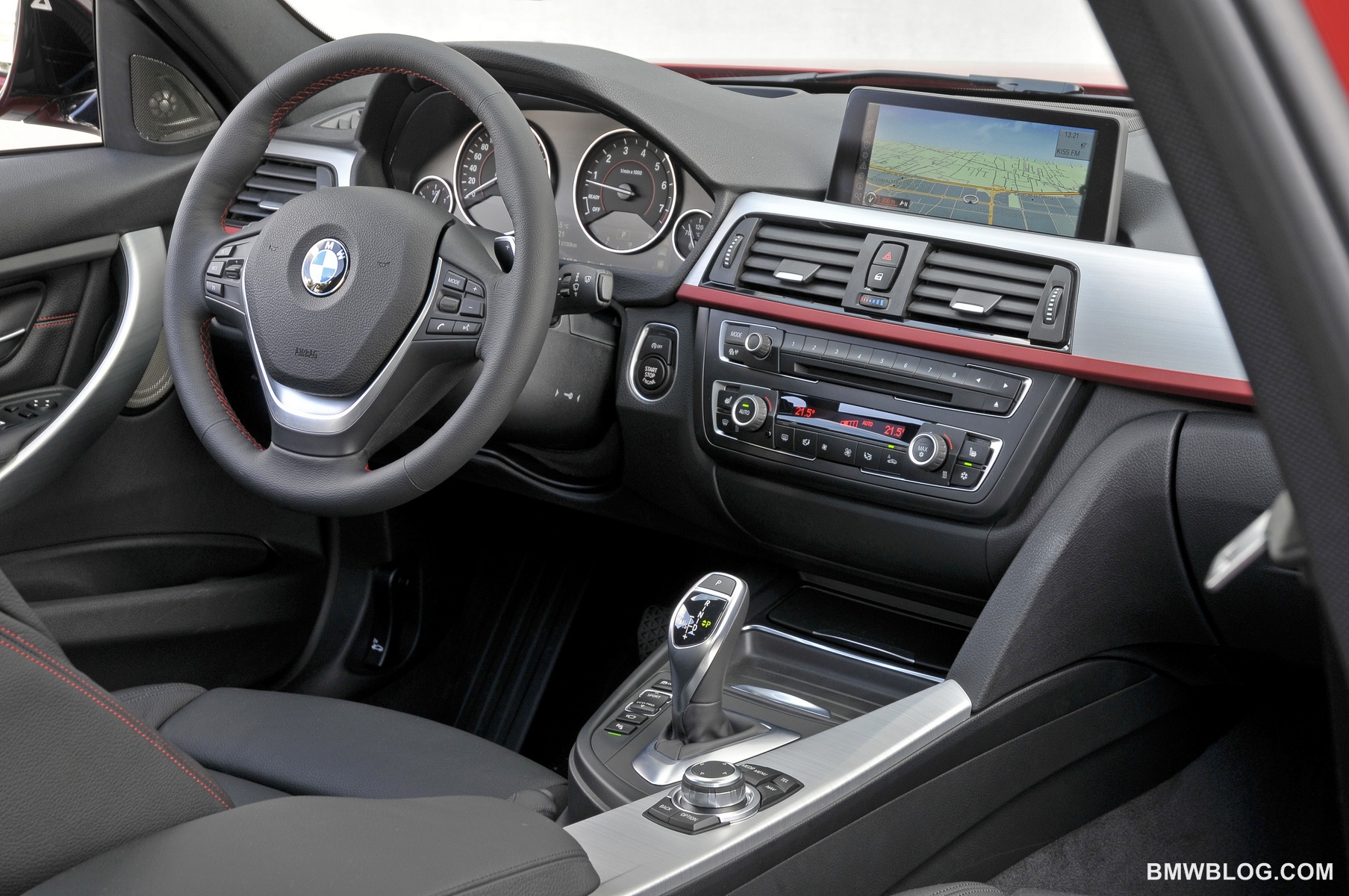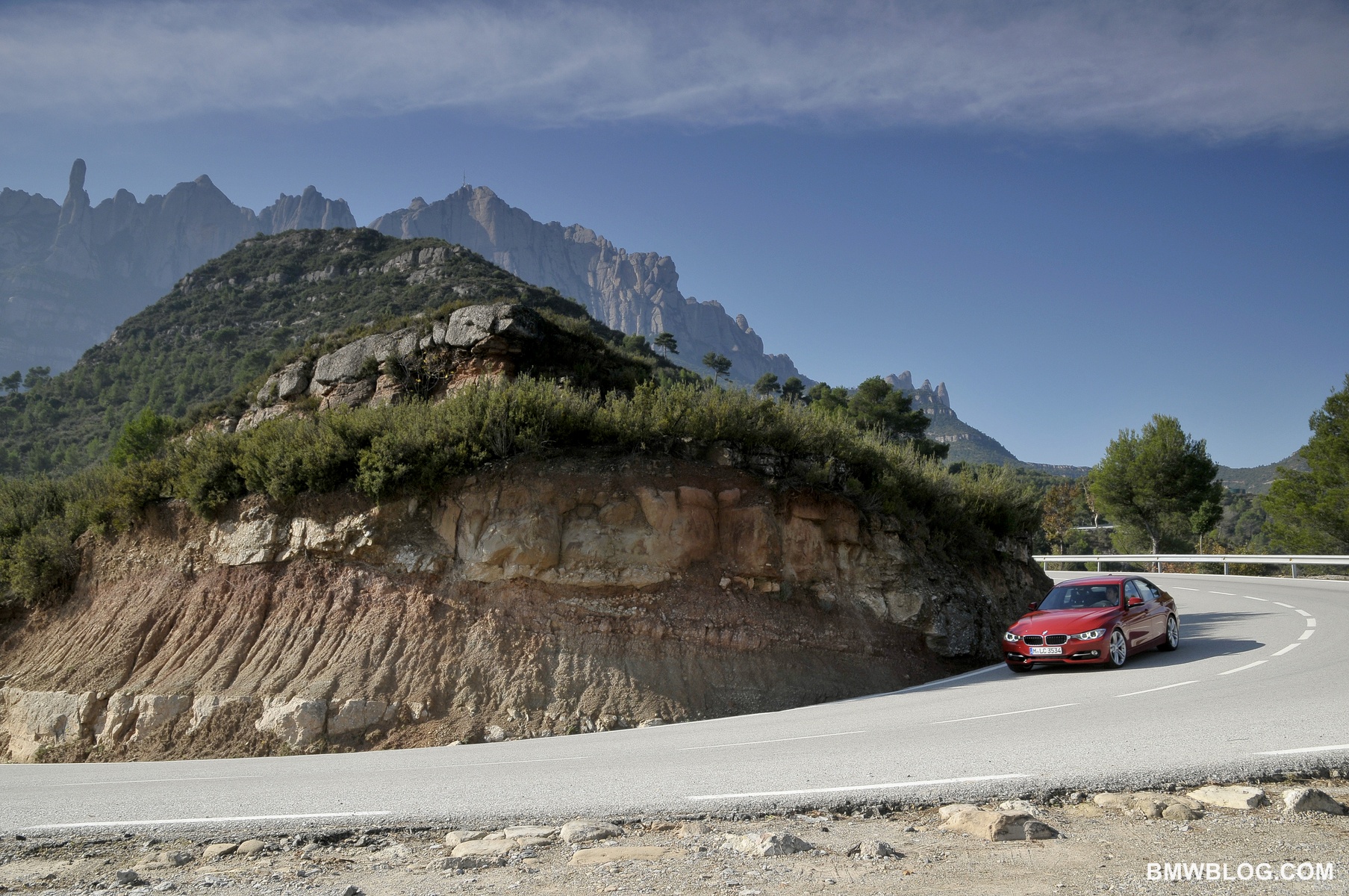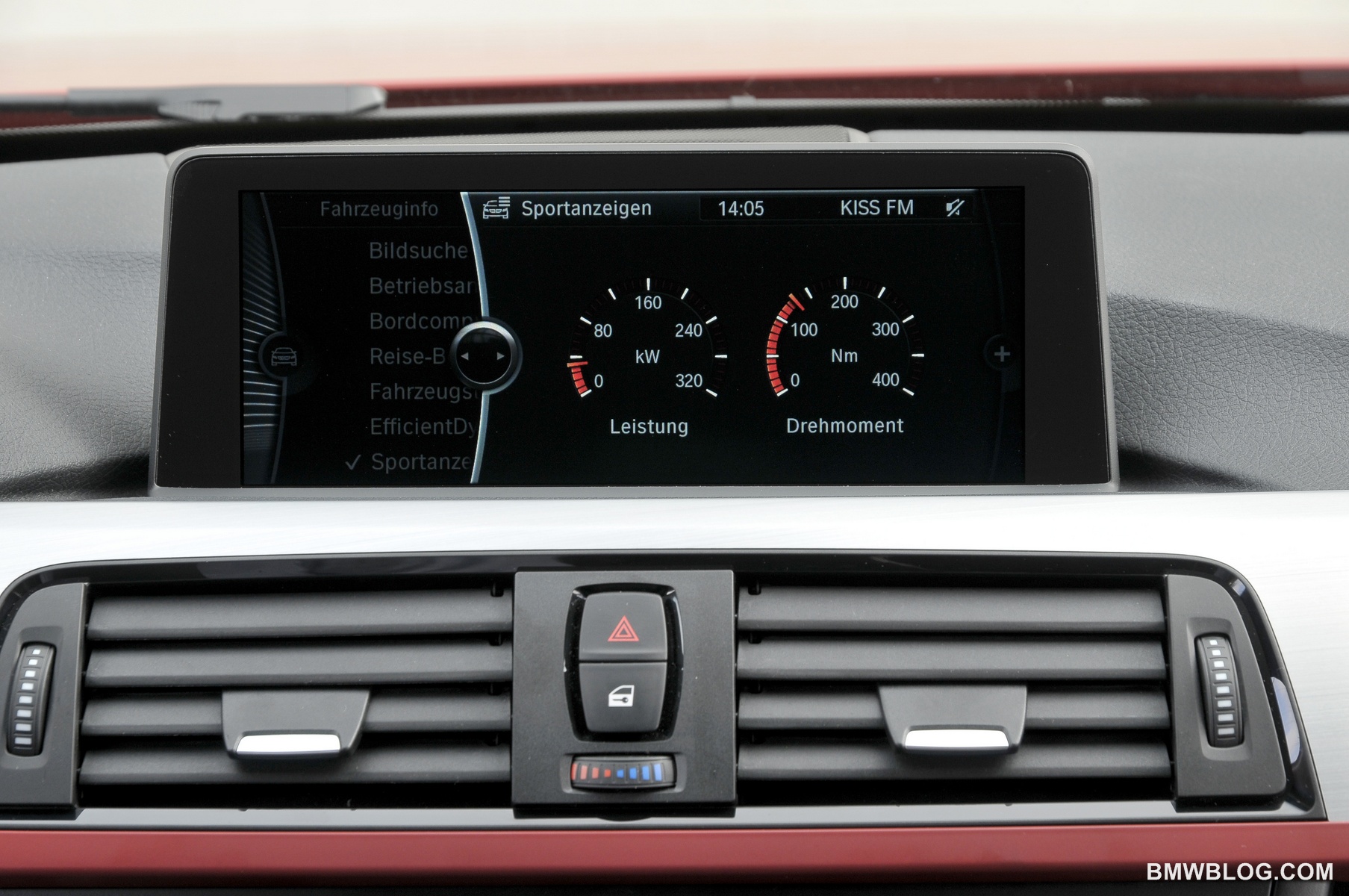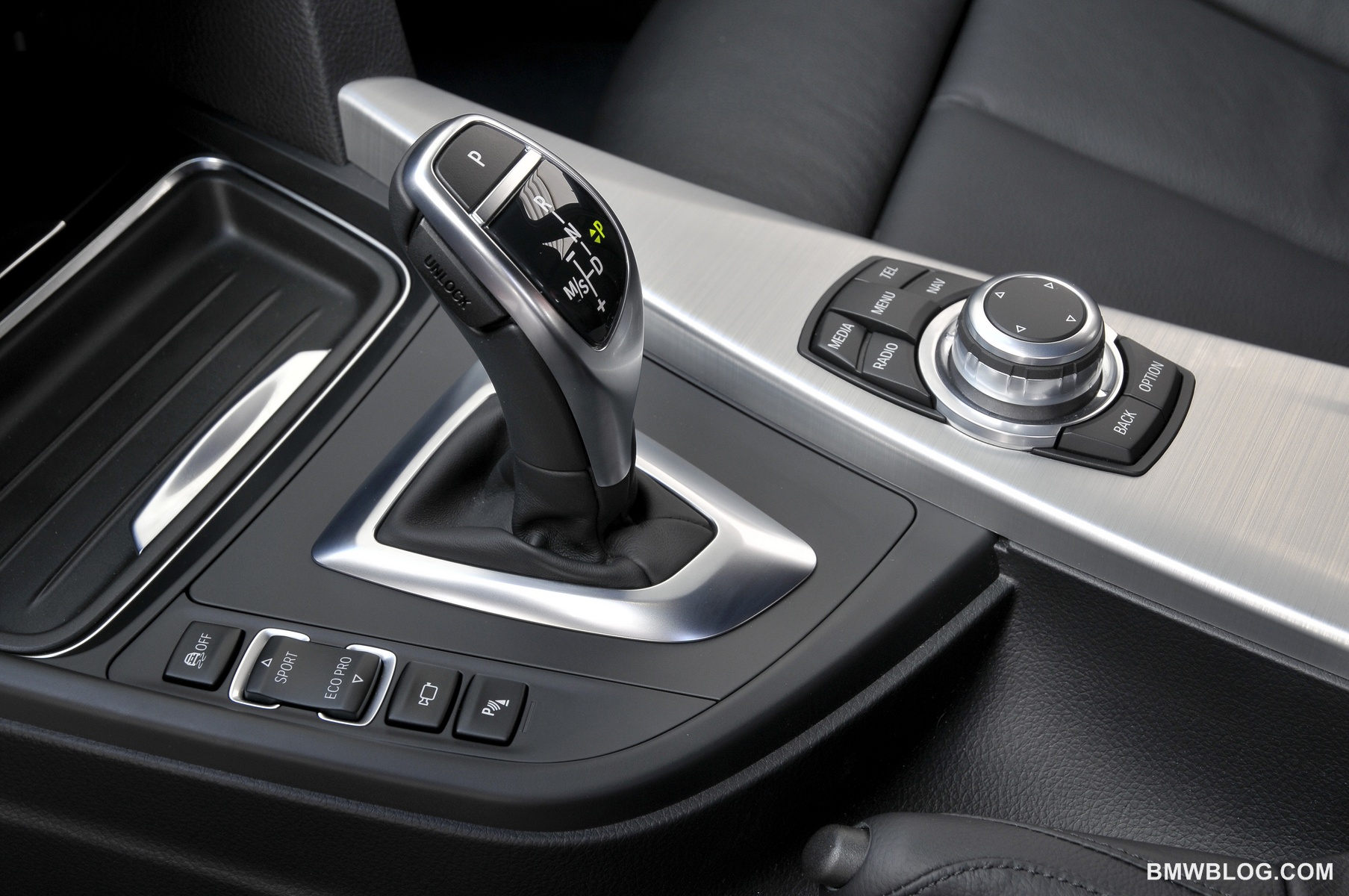Words & Photos: Shawn Molnar
-Barcelona, Spain
Standard operating procedure upon receiving keys to a press car goes something like this: Walk up to the car, give it a quick glance from a couple perspectives; decide if I like its looks. Get in and adjust all mirrors and seat adjustments; decide if it’s comfortable and, if a manual, heel and toe-able. If it’s an exotic, sit for a moment and let the occasion sink in. Finally, fire up the engine and give it a good flog down the nearest twisty back road or around the nearest racetrack. Follow with a relaxed drive to a nice restaurant, analyzing creature comforts and the sound system. This is a slight over-simplification, but you get the idea.
Here in Barcelona, Spain, I adhered to a far more practical approach. Whereas I would normally start off my drive with engine, transmission and suspension tuning all in their sportiest settings, today I took a more civil approach and started my drive in “Eco Pro” mode. I figured I would be bored stiff within a few minutes and require a stretch-break with jumping jacks at the side of the road – but it soon became apparent that driving green in a BMW can be a rather engaging experience, given the inkling.
BMW’s all-new 3 series sedan features four unique drive modes: Eco Pro, Comfort, Sport and Sport +. Starting off in Eco Pro proved the right choice for a couple of reasons. First of all, a great number of 3 series buyers will likely leave their car in this mode. Secondly, my initial impressions of the car were based upon the 3 series at its worst, dynamically. To understand the driving experience you must first understand the technology behind this setting. Switching the drive mode to Eco Pro changes parameters in many areas of the car including engine management, transmission logic, accelerator pedal feel and resistance, and ancillary feature management. The last parameter mentioned includes a reduction in power sent to the heated seats, heated mirrors and air conditioning, so literally every aspect of the car’s consumption has been analyzed and tuned.
In practice, all of these enhancements in efficiency culminate into a very relaxed driving experience. Think, “slow and steady,” with a side of self-control. Of course, the on-dash instrumentation shows your driving habits and encourages you to alter the behavior of your right foot such that you minimize consumption and keep an expanding blue bar as short as possible. As you drive, the onboard computer begins to calculate your approximate fuel savings and gives a read out below the blue efficiency bar. BMW claims that Eco Pro technology alone accounts for up to a 20 percent decrease in fuel consumption, when used continuously while driving. 20 percent is a massive figure, but for me it’s probably also a conservative one. I suspect this driving algorithm improved my mileage even more, and may have saved me from a likely speeding ticket. You can’t argue with technology that saves you money.
Driving along the road in Eco Pro, the throttle response is quite lax, and the pedal offers significant resistance, such that it’s harder to depress the pedal. Now there is an obvious concept that plays well to human psychology: make it more difficult to press the pedal, and people will press the pedal less. The transmission logic kept the engine spinning below 2,000 rpm almost the entire drive, and without much effort. What is surprising is that this ZF sourced 8-speed automatic can keep the engine in its low rpm sweet spot and even though the revs are low, the car doesn’t actually feel that slow. Furthermore, you know that there is a whole lot more where that came from – should you need it. If you completely depress the gas pedal in Eco Pro mode, the transmission will kick down to the lowest gear possible and get you out of trouble if power is what you need.
The suspension and steering are identical in both Eco Pro mode and Comfort mode. In these settings, surface undulations are well absorbed leaving you on a smooth, floating plane. The car begins to feel much heavier as it fails to immediately dampen body motions – and in the context of luxury and comfort, this is a compliment of the highest order. Steering feel is very muted in these settings, with little to no perceptible “on center” feel. The wheel feels very relaxed in your hands, and not much is communicated up through the wheel from the road surface. Comfort mode is essentially the same as Eco Pro mode, minus the added efficiency.
Sport mode tightens the suspension and steering and awakens the transmission and engine. Of course, Sport Plus mode takes things to their sportiest settings and holds gears even longer – in fact it holds gears all the way to redline. Based on my driving habits, I would only make use of two settings: Eco Pro and Sport Plus, the other two are somewhat superfluous.
Driving on the highway was therefore best accomplished in Eco Pro mode. Wind noise was well muted and the cabin was very relaxed. The 3 series would make a great long distance machine should you need it for that purpose, and it will manage great fuel mileage along the way – likely mid 30s mpg figures, but no EPA figures in the US market have been released yet.
The cabin of BMW’s new 3 series is gorgeous. Seriously – it’s one of the best automotive interiors I’ve ever sat in, and it’s worth a rave review. Based upon three unique packages, the interiors of the 3 series can very wildly. A “Modern” version is reminiscent of a luxury spa, with organic colors and natural wood and leather surfaces. The new rough finish wood trim is a must have – it is pleasing to both look at and touch. A “Luxury” model features a flashier interior and adds more slats to the kidney grills, while the “Sport” line model is reminiscent of athletic equipment, techy but rubberized (like the red or blue accent striping across the bottom lip of the dash trim).
I did not have the opportunity to thoroughly test the stereo because the preselected sound tracks were, umm… not to my taste, and I gave up around track 12. The sound system is the same fantastic unit as found in the new F20 1 series, so I’m confident it can do the job.
When pressing on, BMW’s new 328i delivered performance far beyond its specifications. It astounded with its grunting torque from low rpm, twisting out 260 lb-ft nearly flat across the rev-band. The 328i’s eager 2.0 liter single turbo (twin scroll) four cylinder wound up to redline without breaking a sweat and turned out 240 hp along the way. Of note, an independent magazine has recently claimed 230 hp at the wheels while testing on the dyno, so it’s quite likely this engine has been underrated, and we would say so from the seat of our pants. Of course, the cars 88 lb drop in weight also goes a long way to enhance dynamics, allowing the car to accelerate faster.
The transmission responded well to spirited driving, in fact this is the best sports automatic transmission I’ve experienced since spanking the X6M around the track. Both up and downshifts are quick and the transmission responds surprisingly well to steering paddle inputs. Just as they should, the right paddle selects a higher gear and the left paddle grabs a downshift. Would I pick the 8-speed auto over the standard 6 speed manual? Absolutely not, but I say that with greater pause than usual. The auto in this car really is a great transmission, and if you’re being pushed into picking the automatic for any reason, I assure you it will not disappoint, even on spirited drives.
While diving deep into corners the suspension did a great job of tracking the car in Sport+ mode. Body motions are well controlled and the handling dynamics are confidence inspiring. The suspension works well to deliver plenty of grip from the tires and minimizes body roll. Thanks to its ideal 50:50 balance, 88 pound drop in weight, and suspension tuning, the car feels agile and willing to turn in. Mild understeer is noted – enough to keep the legal team happy – but even through a few difficult hairpins, the 328i was happy to play. On corner exit the tail was also quite happy to rotate and the overall feel of the car was surprisingly neutral. The brakes on our 328i felt positive and powerful when called upon. I did begin to experience brake fade when descending down the back side of the mountain we traversed, but fade was minimal and not significant enough to warrant a cool off period, ending the fun.
And finally we arrive at the topic of steering feel in Sport+ mode. Maybe you should take a seat if you’re not already sitting. I don’t want to be a “Debbie downer” and rain on this lovely day – but we’ve arrived at the weak point of BMW’s new 3 series sedan. While in the first two driving modes, Eco Pro and Comfort, the steering is quite lax and uncommunicative; but it can be forgiven because the car is not trying to be sporty in these two settings. In Sport and Sport+ modes, however, I expect the steering to communicate the road surface with clarity and feedback by the boat load – unfortunately it fails to do that. To be fair, the steering is nicely weighted in Sport+ mode, and steering inputs are met with precise responses. The steering ratio also feels great – but the electronic assist steering in the new 3 series has a minimalist approach to feel and feedback in that it gives you only enough to feel for grip and the limit, and not a hair beyond. Basically, I felt like the steering kept me on a “need to know” basis, and any information beyond what was required to extract maximum performance from the 3 series was withheld in the interests of comfort and efficiency.
During my stint across the mountain pass I came across a section of rain-soaked road, and this is where the lack of steering feel became further evident. Whereas in the dry the steering fed sufficient information to feel for grip, in the rain the grip threshold was lowered such that it was more difficult to feel the tires as they approached their limits of adhesion to the road surface. In short, I found the steering subtracted from the dynamic driving experience and was not confidence inspiring as it should be. No previous generation of 3 series has had so little steering feel, and I lament this fact. That said, if you are not going to push your 328i to its very limits on the racetrack or a twisty mountain back road, this decreased steering feel may not be much to your concern. To my estimation, BMW are betting on this, and reserving telepathic steering feel for the M cars at the (slight) consequence of efficiency. Enter the F10 M5, which still features a hydraulically assisted steering unit, while the civilian F10 5 series also makes use of a more numb electronically assisted rack.
Overall I was left impressed by the 328i’s performance – we were able to carve a jagged mountain road with some serious pace – I say again, the steering feel and feedback did not slow me down, I just would have preferred it painted a fuller picture. The car was light on its feet and very agile along challenging roads, and its turbo four cylinder was relentless – constantly impressing with its power and low-lag throttle response.
Turning our attention back to the overall driving impressions, the 3 series also managed to devour a short stint of city driving with ease. Again, the quiet and relaxed interior provided solace from the bustling streets while the seats proved comfortable no matter how long we sat in them. During spirited driving they also proved well bolstered – holding us securely in place.
When it comes to infotainment, all the tech you can feast your eyes on is found on the very iPad-like screen jutting out from the dash – as found first on the 6 series flagship car, as well as the new F20 1 series. For the first time in the storied history of the 3 series, BMW has begun to offer 7 series appointments in a compact package. It is exceedingly clear that the new 3 series is cut from the same cloth as BMW’s big-hitting flagship cars, just scaled down to size and efficiency for the greater population.
BMW have managed to produce a car that can flip from a comfortable fuel miser to a back road burner at the touch of one button. They have packed in brilliant technology that keeps you safe, comfortable, and informed. Somehow, they’ve even managed to offer great value, as we don’t expect a significant price increase from this sixth generation 3 series. Tradition meets the future in this brilliant sports luxury sedan, and we can’t help but embrace the future as we admire BMW’s legendary 3 series. The bar has been set impossibly high, once again.
Stay tuned for BMWBLOG’s racetrack review from the spectacular Circuit de Catalunya.



